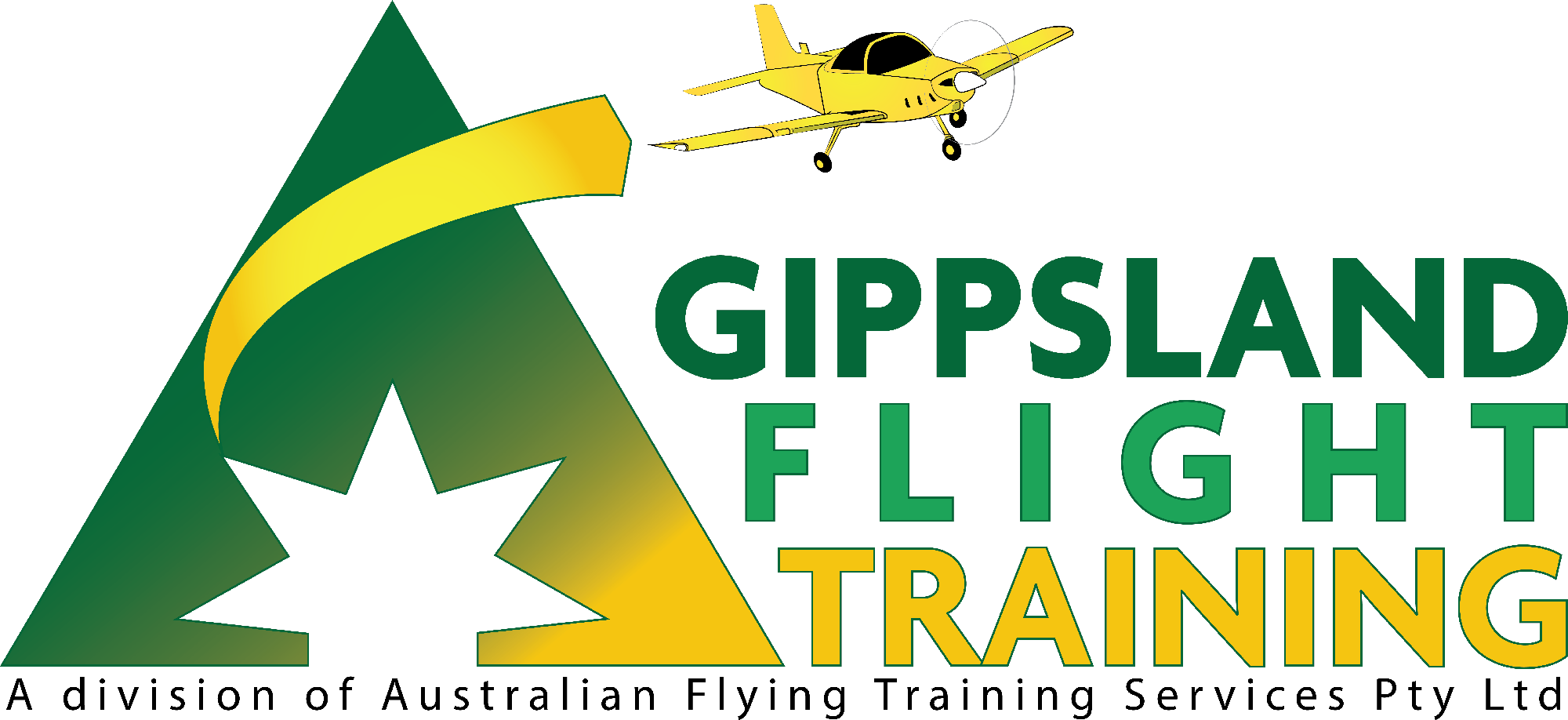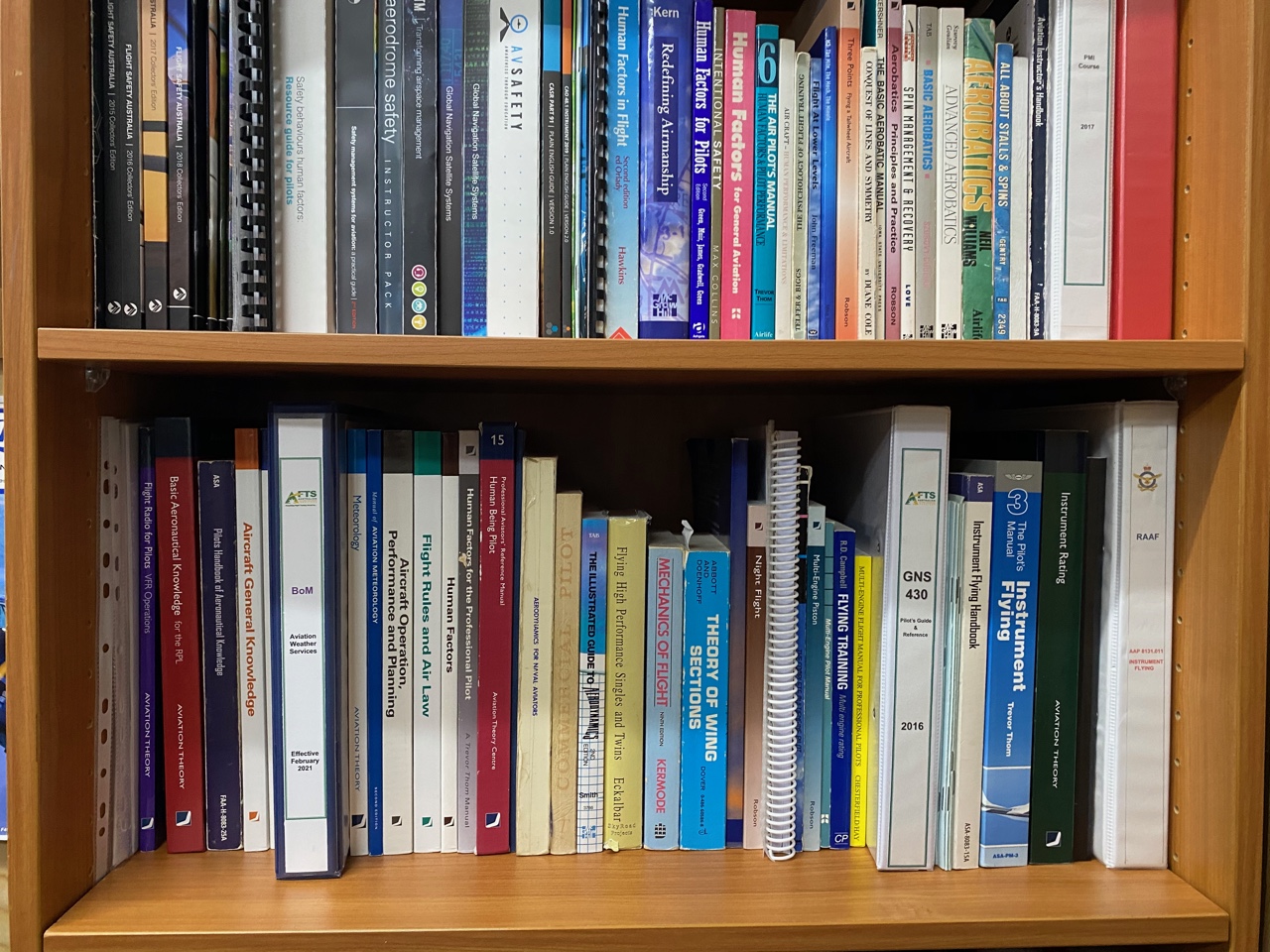Day VFR
If it is more than 90 days since you’ve flown three take-offs and landings as PIC and wish to carry passengers, you will need to complete a Dual flight for recency.
Depending on how long since you’ve flown this could be as simple as flying some Dual Circuits with one of our Instructors or perhaps a refresher on some other sequence/s. You can expect to fly at least 1.0 hours of Dual Circuits as a minimum. You may choose to incorporate some other form of training into the flying, e.g., a FAE or DFE to upskill yourself along with meeting the 90-day three take-offs and landings recency requirement.
Night VFR
If it is more than 90 days since you’ve flown three take-offs and landings as PIC at night and wish to carry passengers you will need a Dual flight for recency. Also, unlike the Day VFR recency requirements, you must have done one take-off and landing at night in the past six months to fly as PIC without passengers.
Depending on how long since you’ve flown this could be as simple as flying some Dual Night Circuits with one of our Instructors or perhaps a refresher on night cross-country. You can expect to fly at least 1.0 hours of Dual Night Circuits as a minimum.
Instrument
If you normally fly as Single Pilot under the Instrument Flight Rules (‘IFR’) and you have a valid Instrument Proficiency Check (‘IPC’), you will need to have conducted at least three instrument approach operations (‘IAPs’) in the previous 90 days in an aircraft or approved Simulator. There are also 90-day recency requirements for flying 2D, 3D, azimuth guidance and CDI instrument approach operations.
Also, as Single Pilot under the IFR you will need to have conducted a flight or simulated flight under the IFR within the previous six months of at least one hour’s duration including at least one instrument approach or simulated instrument approach.
Due to the close proximity of a number of appropriate terrestrial navaids along with numerous IAPs, we can refresh your Single Pilot IR recencies very efficiently.

